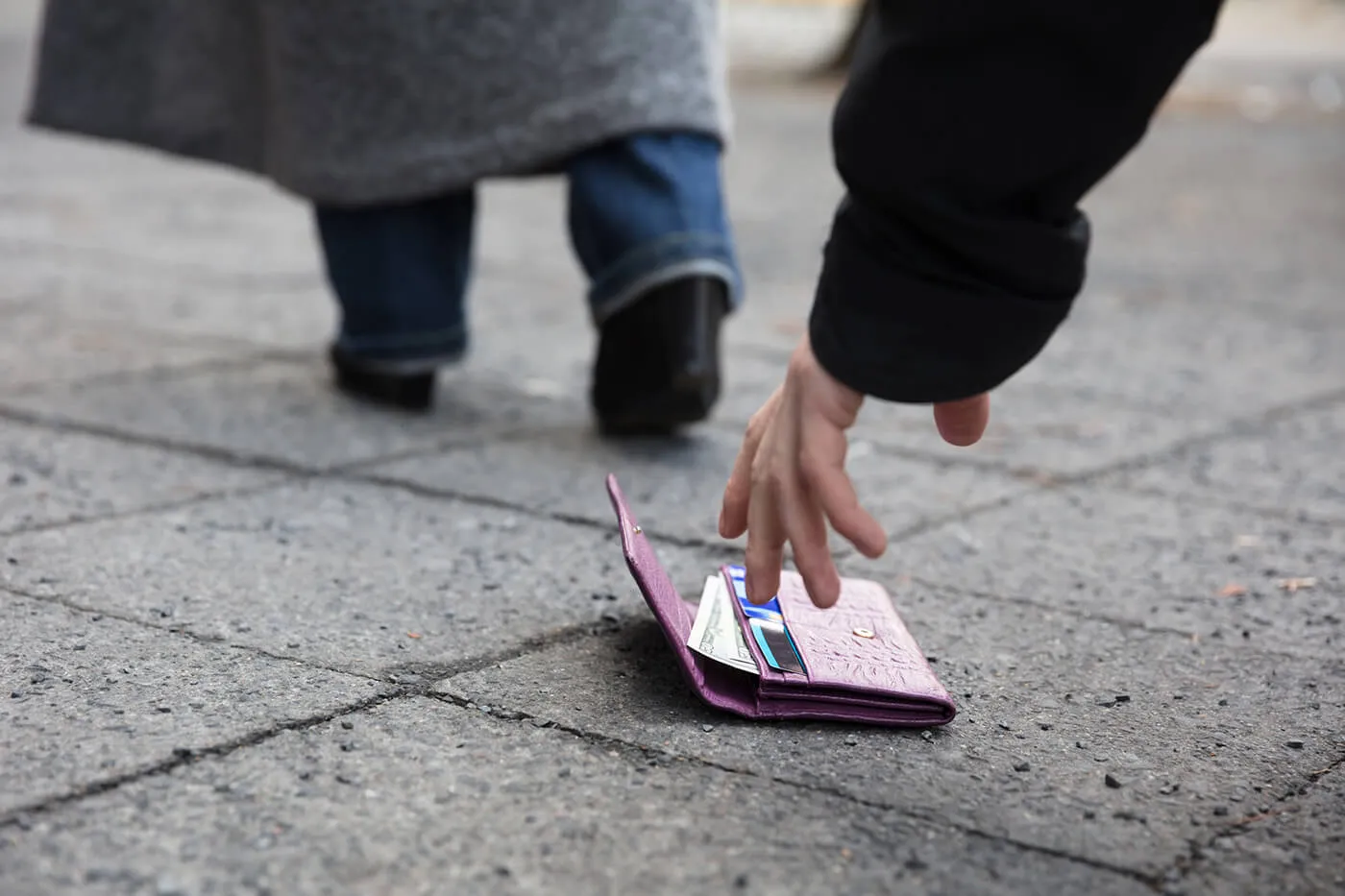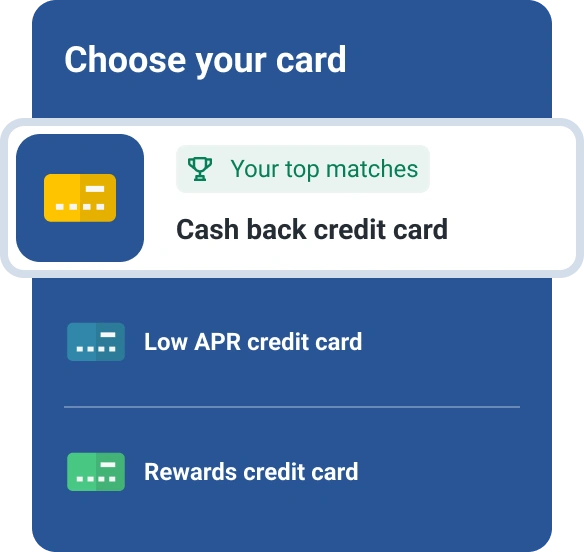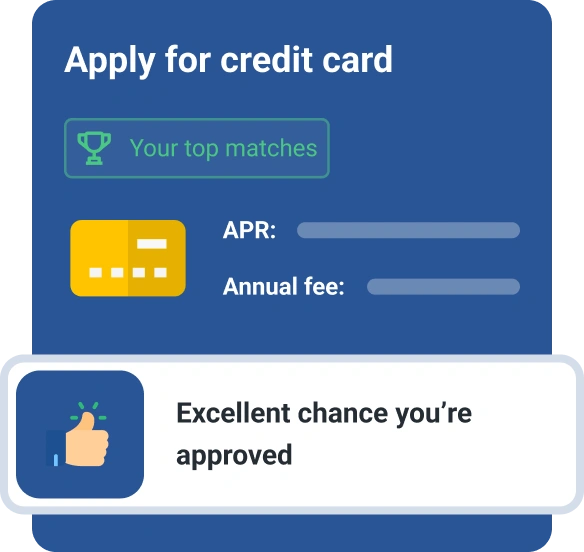5 Steps to Take if Your Credit Card Is Lost or Stolen
Quick Answer
If you realize your credit card has been lost or stolen, take these five steps as soon as possible to minimize the damage:

If you reach for your credit card and find it's not there, don't panic. While a lost or stolen credit card is inconvenient, the financial impact should be minimal because federal law limits your liability for unauthorized purchases. However, cleaning up the mess someone else might create if they have access to your card can be a hassle. That's why it's important to take these five steps as soon as you realize your card is missing.
1. Lock Your Credit Card
Locking your credit card prevents it from being used to make new purchases. You may be able to freeze your account through the card issuer's mobile app or your online account, or you can look up the issuer's phone number and call to have your card locked.
This should be the first step you take after noticing your card is gone. Because dealing with a lost card can be a lot of work, it's a good idea to take a second look to ensure your card really is lost and not just misplaced. If you get lucky and find your card, you can unlock it and continue using it. If you don't, you need to let the credit card company know.
2. Contact Your Credit Card Issuer
If you're sure your card is lost, the next step is to contact the credit card issuer. Call the number on your latest credit card statement or look for the best contact number through your online account.
The customer service representative will ask when you first noticed the card was missing and deactivate your card. This is different from locking it. After your card is deactivated, no one—including you—can use it. The representative may also review recent purchases to determine whether your account has unauthorized charges.
It's a good idea to follow up with your credit card company in writing after speaking with them so there's a record of your conversation in case there are any questions later. Be sure to include your account number, the date you noticed the card was missing and the date you reported the loss or theft to the card issuer. Don't forget to keep a copy of the letter for yourself.
After reporting your card lost or stolen, the credit card company will issue you a new one. Getting your replacement card usually takes about five business days, but it varies depending on the issuer. If you need the card sooner, the company may be able to expedite it or issue you a digital card number for online purchases—check with your bank or credit union to find out.
3. Monitor Your Credit Card Statement
After reporting the theft, it's important to monitor your statement for signs of credit card fraud. If new charges you didn't make appear on your account, report them immediately to the card issuer, but don't panic. The Fair Credit Billing Act limits your liability if someone uses your card without your permission. If you contact the card issuer before someone uses your card, your liability is $0. If someone uses your card before you report it lost or stolen, your maximum responsibility is $50. However, many credit card issuers have zero-liability fraud protection, so you likely won't be responsible for any unauthorized charges.
4. Update Your Recurring Payment Information
When you receive your replacement card, it will have a new number, expiration date and security code. If you used your old card to set up autopay on accounts, such as your phone bill or streaming subscriptions, you must update each account with the information from your new card to avoid missing a payment.
Don't forget about recurring charges that are infrequent, such as your semi-annual car insurance payment or annual membership fees. Even if you don't currently have a payment due, it's best to update your information when you receive your new card, so you don't forget. Late and missed payments can negatively affect your credit, result in late fees and lead to service disruptions.
5. Prevent a Future Lost or Stolen Credit Card
There's no foolproof way to prevent your card from being lost or stolen, but you can do things to make it less likely.
- Use a digital wallet. Digital wallets eliminate the need to carry your physical card everywhere you go. After adding your card information to your digital wallet, you can use your phone to pay anywhere mobile payments are accepted. What's more, your transactions are more secure than if you were to swipe your credit card.
- Keep your cards in one place. Having a central repository, such as your purse or wallet, for all your credit cards makes it easier to return your card when you're finished with it. This is especially important if you take your card out at home to make online purchases. It can be easy to set your card down on the desk or couch and forget about it until you need it again.
- Only carry what you need. If you have more than one credit card, you probably don't need to take all of them with you every time you leave the house. Take only the card(s) you need and leave the rest at home.
- Secure your cards. When you're not using your credit cards, make sure they're someplace safe. Credit card fraud can happen anytime, including from people you know. To prevent others from stealing your credit cards, keep them secure, and don't leave your purse or wallet where other people can access it.
- Keep your account number secure. Thieves don't need your physical card to access your account. It's important to limit the people you give your card number to. If you use your cards online, keep your passwords secure and use different passwords for every account. Shop only on reputable sites you know and trust. Don't use public Wi-Fi or store your card information in your browser.
- Use multifactor authentication. The more layers of protection your account has, the more difficult it will be for someone to steal your credit card information. Enabling multifactor authentication on your online accounts provides an added layer of security.
The Bottom Line
You may not lose any money if your credit card is lost or stolen, but you will have to contact your card issuer to cancel your card, get a replacement and report fraudulent charges on your account. Taking proactive steps to prevent a lost or stolen card can help reduce your risk. Keeping a list of contact numbers for your card issuers and recurring charges can make it easier to repair any damage if your card is lost or stolen.
Monitoring your credit can also alert you to issues with your credit, such as identity fraud resulting in new accounts or credit card theft that leads to increased balances. Signing up for free credit monitoring from Experian can help you get alerted when there's a change to your credit so you can take action if necessary.
Don’t apply blindly
Apply for credit cards confidently with personalized offers based on your credit profile. Get started with your FICO® Score for free.
See your offersAbout the author
Jennifer Brozic is a freelance content marketing writer specializing in personal finance topics, including building credit, personal loans, auto loans, credit cards, mortgages, budgeting, insurance, retirement planning and more.
Read more from Jennifer

